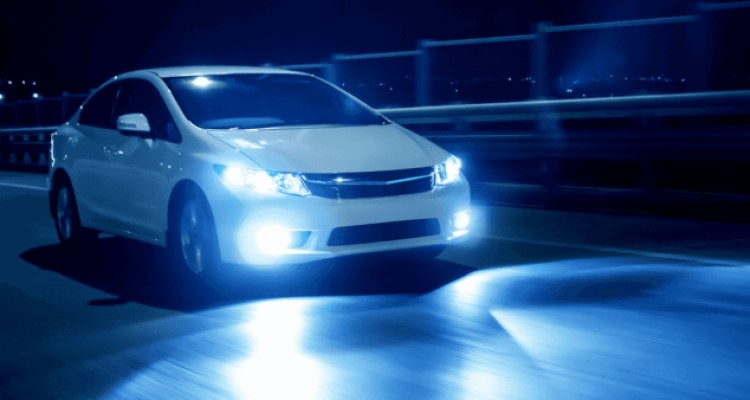Maintenance
Benefits of Headlights and Why You Need Them Checked Regularly

The safety of you and other drivers on the road depends on good nighttime visibility, and the benefits of better headlights cannot be overstated. Half of the traffic deaths happen at dusk or dawn when visibility is at its lowest. More effective headlights also lead to fewer nighttime crashes. IIHS evaluations reveal that headlights of different makes and models vary considerably in illumination, resulting in fewer nighttime crashes. These headlights can increase high-beam use by switching between high-beam and low-beam automatically. In addition, you can choose curve-adaptive headlights to improve visibility on curving roads.
Daytime headlights provide more forward illumination than low beams
A high beam is an important safety feature in vehicles, as it provides better visibility of the road ahead and enables the driver to react quickly to potential dangers. However, it should not be used in low-light conditions, especially when oncoming traffic is present. As a result, it is important to follow the driving regulations for high beams. The use of high beams should be reserved for driving in areas where visibility is reduced, such as a darkened road.
Daytime headlights improve visibility during the daytime when there is not much traffic or any precipitation on the road. They provide enough illumination to allow drivers to see without producing excessive glare. In such circumstances, drivers should use low beams when visibility is poor and switch to high beams when visibility improves. Unlike high beams, low beams also offer better visibility when driving during adverse weather, such as rain and snow.
LEDs are brighter than halogens
LED headlights are more efficient and brighter than halogens. LED bulbs also cast a wider pattern and consume less energy. Unlike halogens, LED bulbs are white, giving better visibility on both the road and on the side. While halogen headlights were the standard for decades, LEDs are now outshining them in many ways. The advantages of LED headlights far outweigh their disadvantages.
LED headlights use the same technology as halogens, but they use a higher quality of light. They are more energy-efficient than halogens, and the bulbs last five times longer than other upgrade bulbs. LEDs are also more compact than halogen bulbs. They can last for over 20,000 hours. And because LEDs produce white light, they don’t get hot like halogens.
Automatic high beams reduce glare
Auto high beams automatically lower the intensity of a vehicle’s lights to decrease glare, and these systems have a forward-facing camera to detect when they need to be turned off. They are typically mounted on top of the windshield or integrated into the rearview mirror assembly. To be fully functional, automatic high beams must meet environmental and operational requirements. Although each manufacturer has its way of doing things, most have a similar set of features.
A new technology called Ford Glare-Free High Beam allows drivers to fully benefit from their headlights, without dazzling other drivers. The system uses a windshield-mounted camera to detect vehicles up to 800 meters away and uses specially-developed headlamps to reduce glare. It also works with Ford’s auto high beams, which automatically activate when the ambient light level is low. Whether it’s low or high, this new feature ensures safer driving at stop signs and roundabouts.
Halogens are less expensive to replace
In general, halogen headlights are cheaper to buy and replace than HID or LED headlights. These lights require special retrofitting and a separate component known as a ballast that can drain energy. HIDs and LEDs are also more expensive than halogen headlights. They also require special maintenance and may not last as long as halogen headlights. But, if you want to make the switch to LED headlights, they are more efficient and are generally cheaper to buy and replace than Halogen lights.
If you have a halogen headlight, it’s important to know how to replace it properly. Halogen bulbs typically cost between $15 and $30 each. The average cost to replace a halogen headlight bulb is about $20. While the basic bulb is affordable for home replacement, premium headlight bulbs are much brighter and will improve your vision. But be warned – premium bulbs have a shorter life span than basic bulbs.





